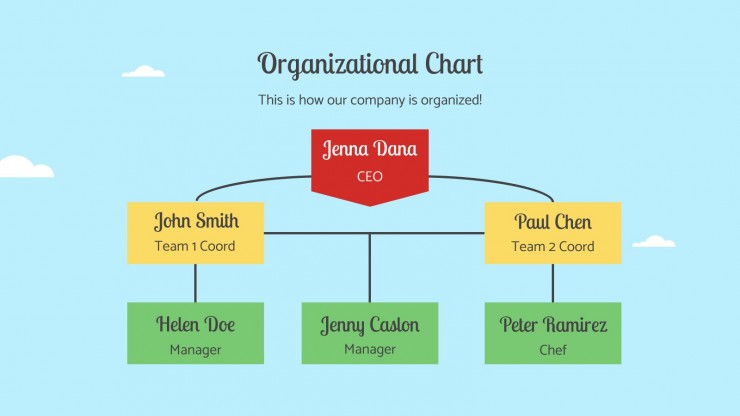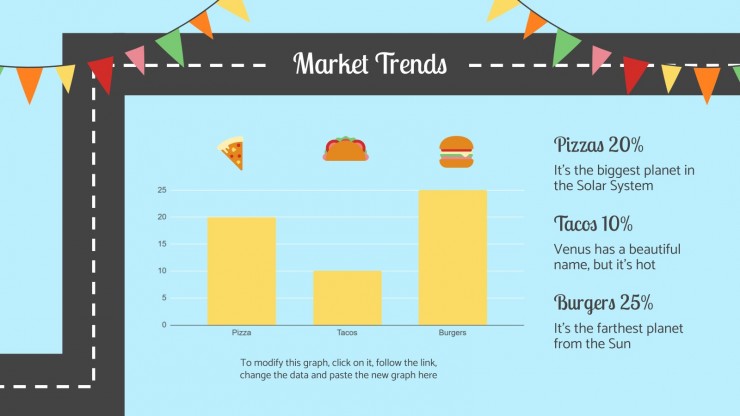Mobile food stands have become very popular in the developing restaurant industry. The advantage of mobile stands’ mobility gives entrepreneurs access to multiple locations with less initial capital than to open other types of restaurants. Before starting a food truck, however, one needs a constructive plan, and that is where one needs to build their food truck business plan.
A well-organized business plan is essential when starting your new mobile food truck business. It covers all the possible issues and problems you might encounter while operating your business.
It contains information about what needs to be done. It provides essential data about your new business so that potential investors will be more willing to invest their money in you.
Why is a food truck business plan important?
Food trucks are a popular form of catering and have many advantages. A food truck business plan will help you make essential decisions about leadership, future goals, and more by outlining what your business should do and where potential problems might arise.
A well-thought-out concept known as a “business plan” will help you move forward. It should include every detail, from research and development to budgeting and long-term goals, to be presented when talking to lenders willing to make personal loans or investments.
Elements of a food truck business plan
Every business plan follows specific guidelines and elements crucial to showcase your product or service. A food truck business plan is no different and requires an efficiently written one. Below are the most critical aspects that must be included in your food truck business plan.
1. Executive Summary
The executive summary is an outline of your company. Try to limit it to one or two pages.
This is the summary of your company that you’ll present to your business partners. It’s a report covering your food truck’s concept, core hours of operation, locations, a synopsis of your marketing approach, and the amount of money you’ll need to get started.
After you’ve completed your entire plan, write the executive summary last. Spend the time on the rest of the food truck business plan first, then come back and summarise everything on one page because the executive summary is an overview of all the effort you’ve put into it.
If you’re trying to get a bank loan, your executive summary should emphasize profit, stability, and that you know what you’re doing, so your food truck appears to be a safe choice.
While it’s crucial to emphasize what makes your food truck business plan distinctive, you should also devote effort to demonstrating that you understand the reality of running a small business.
2. Company Overview
A company overview explains your takeaway’s business, while a summary focuses more on critical points and conclusions.
The company overview first introduces the type of restaurant you plan to open, defines your product(s), and provides information about the ownership structure and customer experience. You may also address hiring practices or production capacity.
The business overview is also an opportunity to provide a conceptual vision to investors – remember to include information about how your brand name, logo (including colors), and presence in the city/region will help customers have an emotional connection to the experience they have at their local food truck!
Another important aspect of this section is that you need to tell your audience what makes you successful in running such a business. At this point, if you mention previous cooking experience or other experience in running such a business, you will improve your chances.
In addition to experience, you must also mention the type of employees you will hire for the food truck business. The business overview section is also the best place to state the business’s goals, both short-term and long-term.
3. Market Analysis
The food truck industry is quite large and encompasses many different groups of people. These groups’ size and growth potential vary, so you will need to do extensive research on your target market before writing this section of the plan. So it’s essential to do your homework before you start!
- Describe the food industry, including current trends, growth rate, key consumer group(s), and other demographic information such as age group or geographic location.
- Define the needs of each demographic and seasonal trend that could impact the business, such as holidays.
- Demonstrate how a large percentage (e.g., 10-15%) in your geographic area can be attracted through intensive marketing campaigns appropriate for that demographic.
- Explain the pricing structure: gross margins and any financially relevant information.
- Limitations –
Food trucks are mobile, so you have more flexibility than a restaurant. But many cities still restrict where and when you can sell your food to customers, as that is part of the license that allows it. If your ideal customers live in areas or at times when they can not be served, this could cause some difficulties for your business.
- Local conditions
In addition to restrictions imposed by municipalities, there are conditions in each city that can help or hinder your business.
For example, you should consider several factors when estimating how many days a year you can operate your business to determine where your preferred location might be: the city’s population and neighborhood foot traffic and events hosted by food trucks.
- Competition
The last point under this section in the food truck business plan that you should consider is competition. Are there other food trucks in your city or in the area where you want to park? Is there a vibrant restaurant scene whose owners do not want to lose their customers to food trucks? If there’s too much competition, you might have trouble finding customers or a place to park your truck.
4. Team management and organization
The next step in your food truck business plan is to outline an organizational and management structure. Explaining this from the beginning will help you avoid confusion as your business grows.
This section should include a detailed profile of each manager, information about ownership and employee benefits, and opportunities for growth within the company:
- Legal form (Is it a partnership? Are you self-employed?).
- Full names of responsible owners/shareholders.
- Identification number or tax number ID; a foreign registration number is also required if it is a foreign company.
- Percentage shareholding of the responsible owner(s)/shareholder(s).

5. Sample Menu
One of the unique features of a restaurant business plan is the menu. It is crucial to have one because it determines what food and beverages you will offer, which is critical to building a brand that people love!
For example, if a food truck wants to offer artisan croissants and has limited space in the truck’s kitchen, there should still be a dedicated menu for that business plan. Consider if you have production and storage capacity and only offer certain products that fit within your budget given those constraints.

6. Marketing and Sales
Marketing and sales focus on how you can build customer loyalty. The strategy you use can be anything – it’s up to you! The critical thing to remember is that customers appreciate originality, whether by adopting a recognizable food truck design or creating a unique selling point for your food truck. Individual businesses require innovative marketing solutions. Plan now to use social media to let loyal customers know where they can find the company third-party and develop an effective brand strategy that clarifies what the business does so potential new customers know who you are.
Another form of sophisticated marketing is choosing a location for a restaurant on wheels: Plan where your dishes will sell best at different times of the day, week or year, even if that’s not always the case.
7. Operating Plan
Your operating plan should have two distinct sections: The day-to-day short-term processes, such as serving customers or getting supplies, and the long-term goals, such as when you expect to reach a certain level of sales or when your 10,000th customer will walk through the doors.
Food truck operators usually use a combination of suppliers to achieve their goals. The most important thing is to check what is available in your area and fits your menu and budget.
Also, consider how much time you will have to regularly source new ingredients if the focus of your business is on rotating menus – if not, consider whether it’s worth the investment.
Your truck is your facility.
So think carefully about what kind of vehicle you want to buy, but remember that a facility requires much more than just four wheels on the ground! You’ll need special cooking equipment, tires and brakes, a battery, and fuel for the engine and the cooking process.
An important consideration when starting a food truck is the time it takes to prepare each dish on your menu. This can limit the number of customers you can serve in a day.
Unlike traditional restaurants that can hire additional staff during busy times, food trucks are usually limited to two employees – no matter how many hungry people are waiting for you.
8. Financial plan
The plan should include your 5-year financial statement for the first year and then annually. Your financial statements include the income statement, balance sheet, and cash flow statement.
- Income Statement: commonly known as the Profit and Loss Statement (P&L) or Income Statement, it shows your revenue minus the expenses to indicate whether or not you are making a profit.
- Balance Sheets: While they contain a lot of information, for simplicity, the essential items are listed on the asset side, such as liabilities, which include all debts and your equity.
- Cash flow statement: cash flow helps you determine how much money is needed when starting or growing a business, but most importantly, there is never a case where there is no money. Business owners do not always realize that making a profit does not necessarily mean having enough revenue to keep their business afloat. This can lead to bankruptcy if they have enough capital left at the end of each month due to a lack of money.
9. Appendix
The appendix is not required for every food truck business plan, but this is where you can put any information that would not fit anywhere else. For example, you could include product photos or building permits and letters of reference in the appendix.
Conclusion
Starting a food truck can be overwhelming, but writing a business plan is the best way to get organized. Once you have completed your business plan, you are ready to turn your dream into a reality.
Now comes the fun part – creating a business plan for your food truck! By following our template above, you’ll know everything there is to know about owning and managing a successful food truck business; you’ll understand your customers and your competition better than they know themselves; you’ll have developed an effective marketing strategy that will make or break such a business.
You’ll be well on your way to starting with confidence – and continuing to grow until success becomes inevitable!



